Wooster in the American Civil War
- Home
- Wartime Wooster
- Exhibits
- Wooster in the American Civil War
by Jacob Kowall, revised by Glenna Van Dyke
From 1861 to 1865, the United States was in one of the most bitter conflicts in its history: The American Civil War. Ohio was a critical factor in the victory of the Union, providing leadership, supplies, and soldiers. Wayne County helped to make Ohio’s robust war effort possible, sending thousands of soldiers who would witness some of the darkest and most decisive moments in the nation’s history. Though Wooster benefited from the post war economic boom, the conflict left irreversible mental and physical scars on some of its citizens.
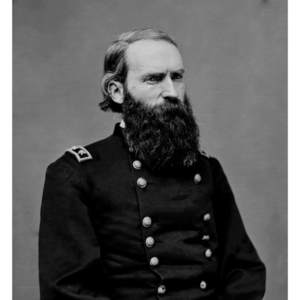
Wooster’s Call to Arms
When citizens of Wooster heard about the shots fired on Fort Sumpter in 1861, patriotic fervor surged and many rushed to be recruited by the U.S. army. Immediately, recruitment efforts began, led by Wooster’s judge, William Given. On April 16, 1861, the very first day of recruiting, a “wildly patriotic crowd” gathered in the courthouse and over 100 men signed up to fight. On the 21st, these men set off for Columbus to begin their journey to the battle lines, as thousands of citizens sent them off with flags and jubilation. By the end of the war, Wayne County sent 3,200 volunteers and many more conscripted soldiers.
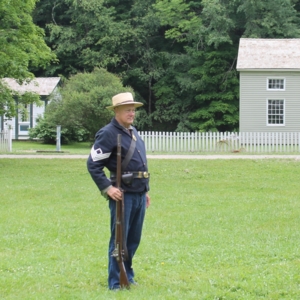
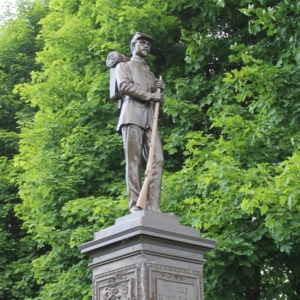
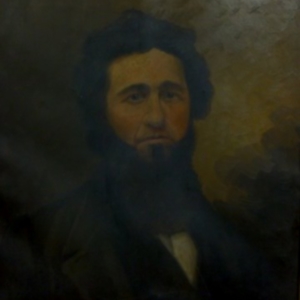
However, the patriotic mood of those early days would soon give way to frustration and mourning as the conflict raged on. In 1863, Congress passed the Enrolment Act, which was the first nationwide draft in U.S. history. Southern sympathizers in Wayne County, including a group called the Ohio Copperheads, were outraged and spoke out against the war and the Union. Draft riots even broke out in neighboring Ash and Holmes counties, but Wayne County was able to avoid the violence. 2
1 Ben Douglass, “History of Wayne County, Ohio” (Indianapolis: Robert Douglass, 1878), 749.
2 “Battle of Fort Fizzle,” Ohio History Central, Ohio Historical Society, accessed June 11, 2014, http://www.ohiohistorycentral.org/w/Battle_of_Fort_Fizzle?rec=474; “Work of Ashland Copperheads,” The Wooster Republican, July 30, 1863.
Wooster’s Homefront and Wartime Women
Support for the war ran high in Wooster and letters from the soldiers were often published in the local papers. Even the Wooster Democrat, who had been opposed to the war decided to put their soldiers first. When praising the deeds of two returning officers, the paper guessed that they “must have felt proud of men of both parties welcoming them home and doing honor to them as soldiers of the Republic. More unity of this kind…would work miracles in the cause of the country…where the prosperity of all the people is contingent upon the unity of the country.”1 Political tension between Democrats and Republicans however did arise when the draft was instated and when Lincoln was reelected in 1864.
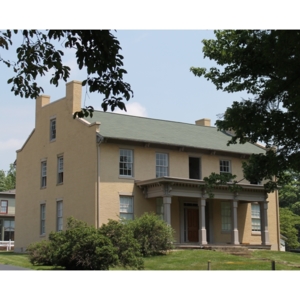
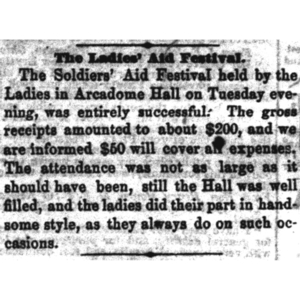
Women also did their part to support the men fighting on the front lines. Emeline Stibbs created the Soldier Aid Society and her home on East Bowman Street became a center for military aid in the community. Local women banded together to send supplies and warm uniforms for the winter to soldiers. For Emeline, it was personal, as she had four sons fighting in the war, one of whom, Joseph, she would lose to battle injuries in 1866. One of her other sons, John, was eventually promoted to Brigader General of the 12th Iowa Infantry. He also served on the Andersonville Commission, which tried and hanged the captain of the Andersonville Prison for war crimes.2
“But my dear son, I would rather you both be where you are, yes, I would rather your lifeless bodies be left on the battlefield fallen in defense of your country than to have you at home talking treason, and sympathizing with these southern traitors. My blood boils when I think that there should even be one man, willing to see our country divided, and her flag, torn, and trampled in the dust.”
-Emeline Stibbs to her son John. February 23, 1863.
1 “Reception of Capts. McClure and Van Dorn,” Wayne County Democrat, April 30, 1863.
2 Paul Locher, “Re-enactors Relish in ‘Living the Experience’ of the Blue and Gray,” The Daily Record, May 8, 2011.
On the Battlefront
Volunteers from Wooster were part of many infantry regiments that witnessed some of the most historic moments in the Civil War. The 16th Ohio infantry fought in the Battle of Phillippi in West Virginia, the first land battle of the war. A Wooster doctor, James D. Robinson even performed the first amputation on a confederate soldier and saved the first life of many over the course of the war. This soldier, James E. Hanger would later develop prosthetic limbs for the wounded and Hanger Inc. would become the largest prosthetic producer in the U.S.
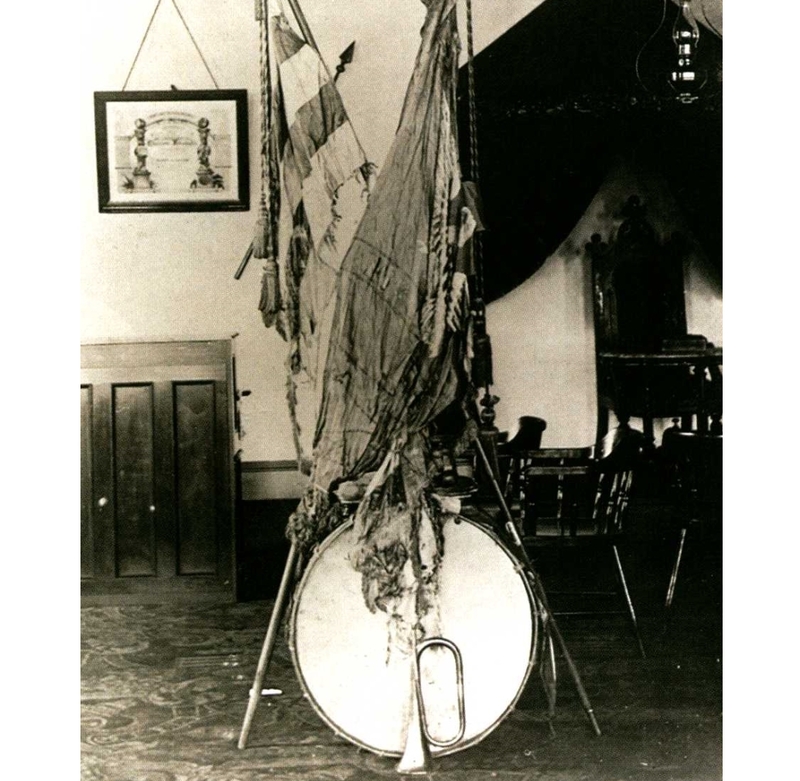
Many Wooster soldiers were also on the battlefield to witness the most infamous battle in American History, the Battle of Gettysburg. At Gettysburg, were instrumental in defending Cemetery Ridge from continuous Confederate assault. More soldiers still were sent to New York to put down draft riots that broke out in 1863. Wooster citizens in the Ohio infantry helped in Sherman’s campaign in Atlanta, and participated in the battles of Fredericksburg, Chancellorsville, Cold Harbor, Vicksburg, Shiloh, Chickamauga, and Missionary Ridge.
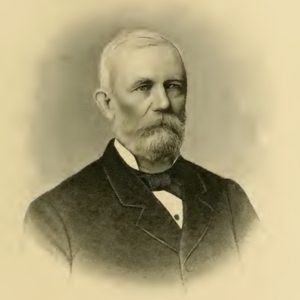
Many Wooster residents also became leaders in the war. The highest-ranking soldier from Wayne County was Brigadier General David Sloane Stanley. A West Point graduate and a cavalry soldier during the war, he quickly rose to the rank of Major General and was placed in command of the IV Corps during Sherman’s Atlanta Campaign. During the 1864 Battle of Franklin in Tennessee, Stanley rallied his troops by leading a cavalry charge at a key moment in the engagement and was awarded the Congressional Medal of Honor for his bravery.2
1 Commemorative Biographical Record of Wayne County, Ohio (Chicago: J.H. Beers & Co., 1889), 47-48; “The J.E. Hanger Story,” Hanger, Inc., accessed May 27, 2014, http://www.hanger.com/history/Pages/The-J.E.-Hanger-Story.aspx.
2 Ben Douglass, History of Wayne County, Ohio (Indianapolis: Robert Douglass, 1878), 862-63.
3 David S. Stanley, Personal Memoirs of Major-General D.S. Stanley, U.S.A. (Cambridge, MA: Harvard University Press, 1917), 44-45.
Disaster on the SS Sultana
Wayne County residents in the 102nd Ohio Volunteer Infantry were captured in Alabama on September 24, 1864 and were taken to a Confederate prison in Cahaba, Alabama. However, being sent to a P.O.W. camp wasn’t the worst thing to happen to these Ohioan soldiers. At the end of the war, the 2,000 soldiers were finally able to go home and were loaded onto the SS Sultana, which only had a capacity of about 376. Then, in the early morning on April 27, 1865, one of the boat’s boilers exploded, destroying the vessel and sending men and hot coal flying into the water.

The Wooster Republican reported the destruction: “Hundreds of people were blown into the air, and descending into the water, some dead, some with broken limbs, some scalded, were borne under by the resistless current of the great river, never to rise again.” Only a few hundred of the soldiers survived, while the other 1,800 met a horrid demise. Three of these survivors, Otto Bardon, William Christine, and Philip Horn, were from Wooster, and wrote accounts of their experience, which can be read here.
1 “Shocking Steamboat Disaster – Explosion of the Steamer Sultana,” Wooster Republican, March 4, 1865.
Victory, Recovery, and the Aftermath of the Civil War in Wooster
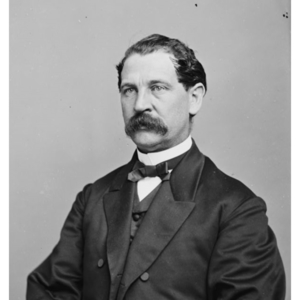
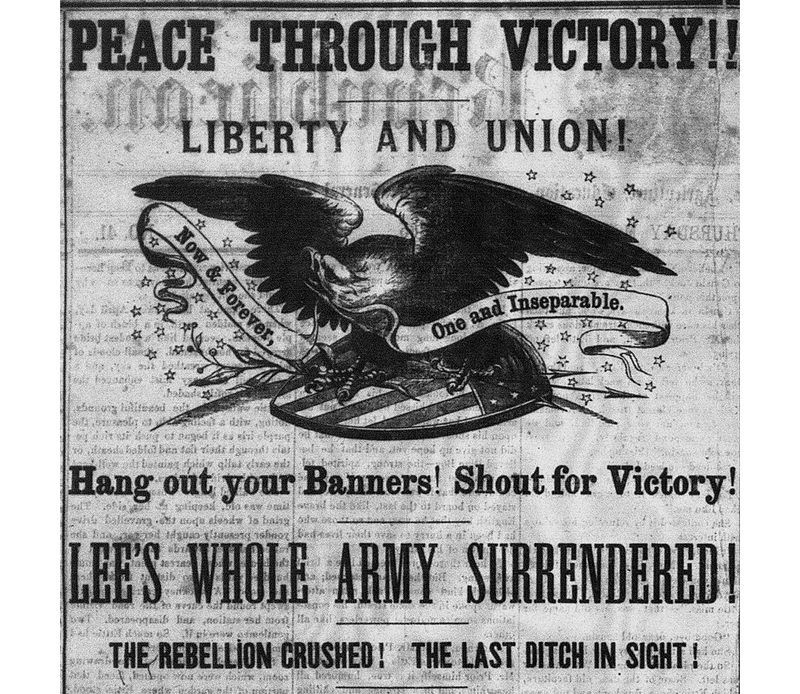

As the Civil War ended, soldiers began to return home to Wayne County to celebrations of victory and thankful citizens. This patriotic joy wouldn’t last for long though, as news of Lincoln’s assassination sent the nation into a state of shock and mourning. Wooster was no exception, and when townspeople heard the news they closed their businesses and gathered in emotional memorial services. Some even travelled to Cleveland to see Lincoln’s funeral train. 1
The soldiers who returned home were widely regarded as heroes, and some would go on to hold positions of public importance. Aquila Wiley, Wooster native and colonel of the 41st Ohio Volunteer Infantry, received a Democratic nomination for Congress but was defeated future president William McKinley. Thomas Eckert, who worked in Wooster as the city’s telegraph operator during the 1850s, was made chief telegraph operator of the War Department in Washington during the war. He later served as the president of the Western Union telegraph company.2
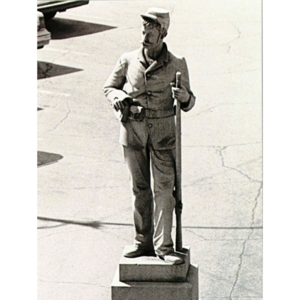
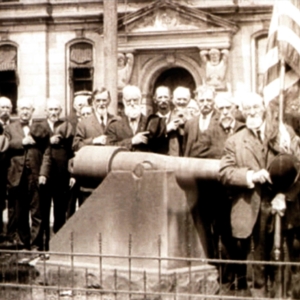
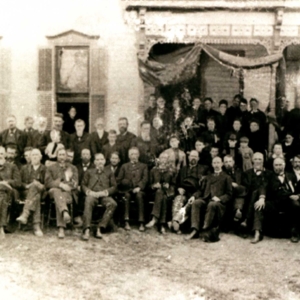
The darker sides of the war however continued to haunt some. Citizens lost loved ones and soldiers sustained great injury and trauma throughout their time on the battlefield and POW camps. William Given, who resigned as a Wayne County judge to lead the 102nd Ohio Volunteer Infantry, served for the entirety of the war and died only a year after returning to Wooster, at the age of 47.3 Others in the community acted as visible reminders of the brutality of the conflict. John F. Barrett was the first soldier from Wayne County to be shot during the war and suffered from his wound until his death in 1913. Colonel Aquila Wiley had lost a leg while leading a charge at the Battle of Missionary Ridge.4
Wayne County’s historian Ben Douglass asserted in 1878 that, “Wayne County has reason to be proud of its record in the Civil War. Her soldiers participated in every great battle, and her dead lie in every Southern State.”5 This sentiment held true in the years following the war. In 1892, Jacob Frick, the President of the Wayne County National Bank was moved to fund the construction of a memorial for Wayne County’s fallen soldiers.
Pain and anguish were experienced by everyone in the community, but especially by those who lost loved ones on the battlefields. To the people of Wooster, the Civil War was filled with personal meaning.
1 Wooster Ohio Sesquicentennial Celebration (Wooster: Wooster Sesquicentennial Committee, 1958), 37.
2 Paul Locher, “When Wayne was a Whippersnapper: Gen. Aquila Wiley,” October 31, 2012; “Gen. Thomas T. Eckert Dead,” The New York Times, October 21, 1910.
3 Ben Douglass, History of Wayne County, Ohio (Indianapolis: Robert Douglass, 1878), 432-33.
4 Edward Harry Hauenstein, A History of Wayne County in the World Wars and in the Wars of the Past (Wooster: Wayne County History Co., 1919), 50, 55.
5 Douglass, History of Wayne County, Ohio, 759.
How to cite this page:
MLA: “Wooster in the American Civil War.” stories.woosterhistory.org, http://stories.woosterhistory.org/wooster-in-the-american-civil-war/. Accessed [Today’s Date].
Chicago: “Wooster in the American Civil War.” stories.woosterhistory.org. http://stories.woosterhistory.org/wooster-in-the-american-civil-war/ (accessed [Today’s Date]).
APA: (Year, Month Date). Wooster in the American Civil War. stories.woosterhistory.org. http://stories.woosterhistory.org/wooster-in-the-american-civil-war/

